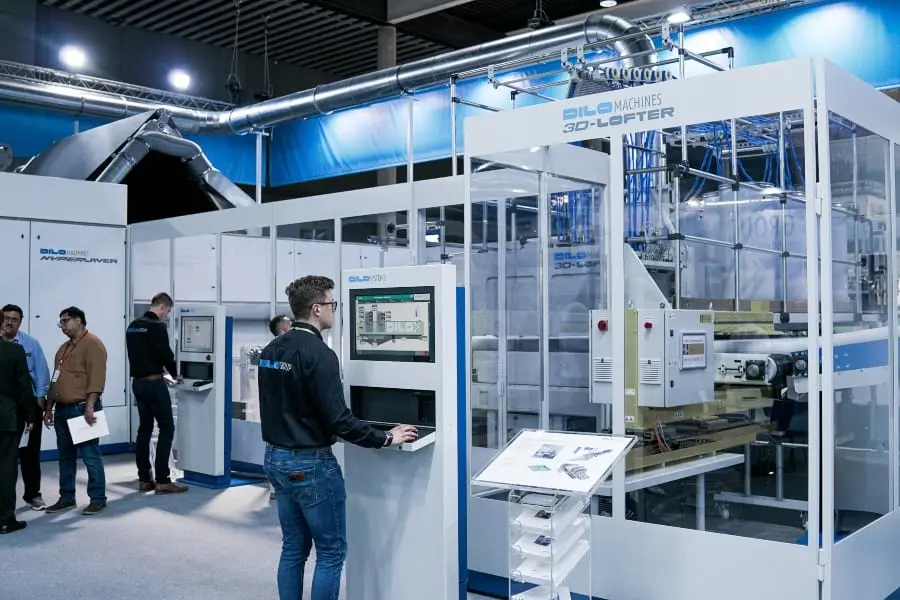
Most people are familiar with “value stream management”, but many are not familiar with “value stream mapping”. This article will help explain the difference between these two terms and how they relate.
What Is Value Stream Management?
What is value stream management? Value Stream Management (VSM) is a lean manufacturing process that focuses on improving the flow of materials and information through a process. It’s used to reduce costs, waste, and errors by improving work processes’ efficiency.
VSM is often contrasted with Lean Manufacturing (LM), which focuses on reducing waste within production processes.
Value Stream Management Is An Approach To Analyzing And Managing An Organization’s Value Streams.
Value stream management is an approach to analyzing and managing an organization’s value streams. Value stream mapping aims to identify places where the process is improved with increased efficiency, quality, and customer satisfaction. It also focuses on reducing costs by identifying waste in the process.
“Value stream approaches put the customer at the center. They help forward-thinking software development organizations shift from a features-and-functionality approach to a product operating model,” says Micro Focus experts.
In A Value Stream, Every Step In The Development Process Contributes Some Form Of Value To The Current Product.
In a value stream, every step in the development process contributes some form of value to the current product. In contrast, each step in a traditional process map has an explicit function.
Value stream mapping is also referred to as lean flowcharting or value-stream analysis because it can be used for one or both purposes: identifying waste and improving efficiency.
What Is Value Stream Mapping?
Value stream mapping, also called value stream analysis or VSM, is a visual chart that uses symbols to illustrate the flow of materials or information within a process. It is used to identify waste and bottlenecks in processes and help you identify opportunities for improvement.
Toyota developed value stream mapping as part of its lean manufacturing philosophy. The technique has since been adopted by other companies—including 3M, Apple and Toyota—to improve their operations. You can use them in any industry, which is an essential tool for lean manufacturing. However, depending on what you’re trying to accomplish with them, they are not always necessary.
Value Stream Mapping Is A Visual Chart That Uses Symbols To Illustrate The Flow Of Materials Or Information Within A Process.
To understand the difference between value stream mapping and value stream management, you first must understand these processes.
Value stream mapping is a visual chart that uses symbols to illustrate the flow of materials or information within a process. It helps identify where inefficiencies exist and how they can be improved through changes in how work is done.
The Critical Elements Of A Value Stream Map Include Information Flows, Takt Time, Work Cells, And Flow Rates.
The critical elements of a value stream map include information flows, takt time, work cells and flow rates. Information flows are areas where information is exchanged between people or machines. Takt time is the rate at which a process must work to meet customer demand. Work cells are groups of activities that must be combined to complete an entire task, with one team working simultaneously on the same process. Flow rate refers to how many units can be processed in your facility per hour or day.
When looking for ways to improve your business processes, it’s important to understand the differences between these two concepts. Value stream mapping is a valuable tool for analyzing and improving the flow of materials or information within a process; value stream management is more focused on the overall organization.


